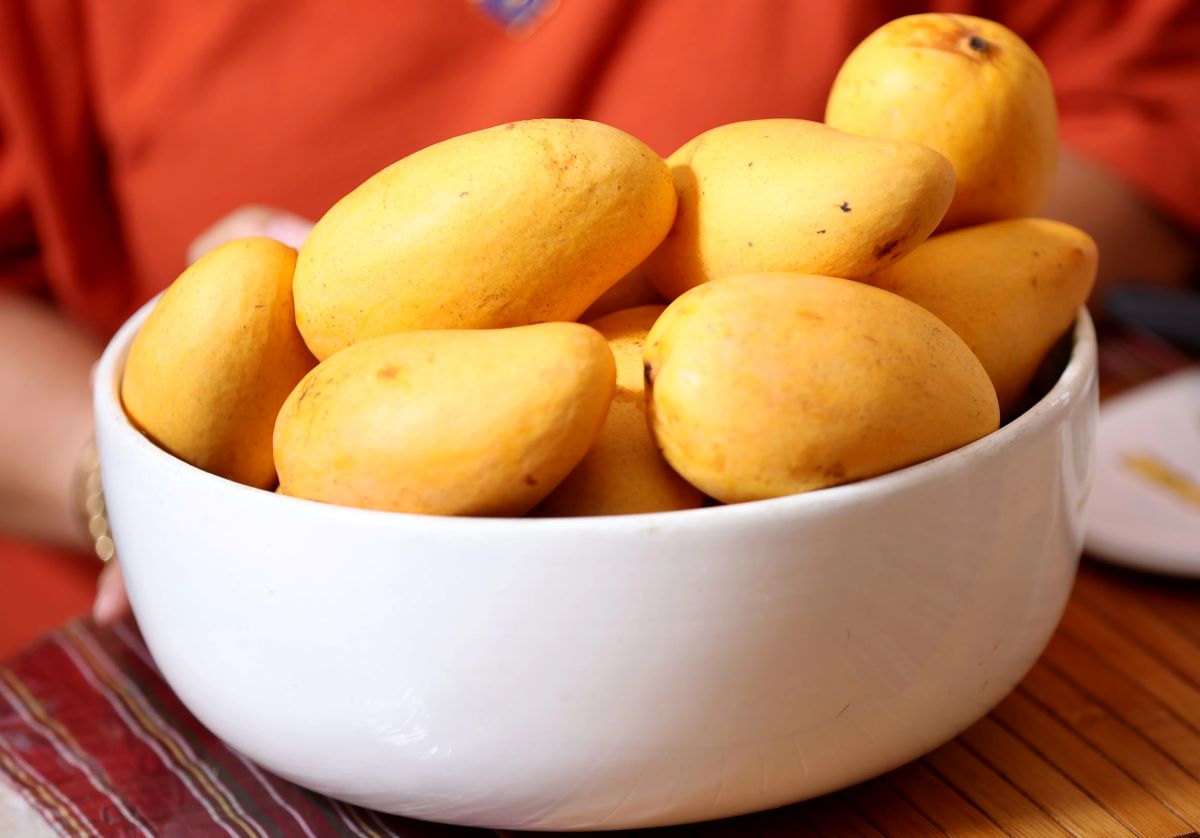

Articles
How To Store Mangoes At Home
Modified: March 26, 2024
Learn the best methods for storing mangoes at home with these helpful articles. Keep your mangoes fresh and flavorful for longer.
(Many of the links in this article redirect to a specific reviewed product. Your purchase of these products through affiliate links helps to generate commission for Storables.com, at no extra cost. Learn more)
Introduction
Welcome to the delightful world of mangoes! Known as the “king of fruits,” mangoes are not only delicious but also packed with vitamins, fiber, and antioxidants. Whether you’re fortunate enough to have a mango tree in your backyard or you simply can’t resist the juicy sweetness of this tropical fruit, learning how to properly store mangoes at home is essential to ensure their freshness and flavor.
In this article, we will guide you through the process of choosing ripe mangoes, storing both whole mangoes and cut mangoes, freezing mangoes for long-term preservation, and exploring different methods to enjoy mangoes throughout the year. So, let’s dive in and discover the secrets to keeping your mangoes fresh and full of tropical goodness!
Key Takeaways:
- Enjoy ripe mangoes by choosing based on color, texture, aroma, and firmness. Store whole mangoes in a cool, ventilated area and refrigerate cut mangoes with a sprinkle of citrus to prevent browning.
- Extend mango season by freezing ripe mangoes for up to 6 months or preserving them through canning, pureeing, drying, or pickling. Experiment with different methods to savor mangoes all year round!
Read more: How To Store Mango
Choosing Ripe Mangoes
When it comes to mangoes, selecting the ripest ones is the key to enjoying their luscious flavor. Follow these tips to choose the perfect mango:
- Color: The color of a mango is not always an accurate indicator of its ripeness. However, a ripe mango typically has vibrant hues of yellow, orange, or red, depending on the variety.
- Texture: Gently squeeze the mango, but be careful not to bruise it. A ripe mango will yield slightly to pressure, indicating that it is soft and juicy.
- Aroma: Smell the stem end of the mango. A sweet, fragrant aroma suggests that it is ripe and ready to be enjoyed. Avoid mangoes with a sour or off-putting smell.
- Firmness: Avoid mangoes that are overly mushy or too firm. The perfect mango should have a slight give when pressed, but not feel overly soft.
- Size and Shape: Mangoes come in various shapes and sizes, so there is no fixed rule. However, choose mangoes that appear plump and have a healthy weight for their size.
Keep in mind that mangoes continue to ripen after they are harvested. If you prefer to enjoy your mangoes immediately, choose ones that are already ripe. However, if you want to prolong their ripeness, opt for slightly firmer mangoes that can be ripened at home over a few days.
Storing Whole Mangoes
Properly storing whole mangoes will help preserve their freshness and extend their shelf life. Here are some guidelines to follow:
- Separate any damaged or bruised mangoes from the rest. Damaged mangoes can quickly spoil and affect the quality of the others.
- Avoid washing mangoes before storing them. Moisture can accelerate the ripening process and lead to mold or spoilage.
- Choose a cool and well-ventilated spot to store mangoes. The ideal temperature is between 50-55°F (10-13°C).
- Line a tray or bowl with a paper towel or a breathable cloth. This will help absorb excess moisture and prevent the mangoes from becoming mushy.
- Arrange the mangoes in a single layer on the tray or bowl. Make sure they are not touching each other to allow for proper air circulation.
- Check the mangoes regularly for ripeness. Gently press the skin to feel for softness. Once the mangoes are ripe, you can transfer them to the refrigerator to slow down the ripening process.
- If you have a large number of mangoes, consider storing them in a breathable produce bag or wrapping each mango individually in newspaper. This will provide additional protection and prevent them from drying out.
Remember that mangoes continue to ripen even after being taken off the tree. Therefore, it’s important to consume them within a few days to enjoy them at their peak flavor. If you prefer to extend their shelf life, consider freezing or preserving them using other methods, which we will explore later in this article.
Storing Cut Mangoes
If you’ve already cut into a ripe and juicy mango but can’t finish it all in one sitting, don’t worry! You can store cut mangoes and enjoy them later while maintaining their freshness. Follow these steps to store cut mangoes:
- Choose mangoes that are fully ripe but still firm. Overripe mangoes may not hold up well when cut and can become mushy.
- Wash the mangoes with cold water and pat them dry to remove any dirt or residue.
- Using a sharp knife, carefully cut the mangoes into desired slices or cubes. Remove the pit, ensuring that no traces are left behind.
- Place the cut mangoes in an airtight container or resealable plastic bag.
- Before sealing the container or bag, squeeze some fresh lemon or lime juice over the mangoes. The citric acid will help preserve their color and prevent browning.
- Close the container or bag tightly and refrigerate the cut mangoes. They can stay fresh in the refrigerator for up to 3-4 days.
- When you’re ready to enjoy the stored mangoes, take them out of the refrigerator and allow them to come to room temperature for best flavor.
It’s important to note that cut mangoes may lose some of their firmness and become slightly softer during storage. However, they will still retain their delicious taste and nutritional value, making them a perfect snack or addition to salads, yogurt, or smoothies.
If you’re planning to store cut mangoes for a longer period, consider freezing them to retain their freshness for several months. We’ll discuss the freezing method in the following section.
Store ripe mangoes in the refrigerator to slow down the ripening process and keep them fresh for longer. Unripe mangoes can be stored at room temperature until they ripen.
Freezing Mangoes
Freezing mangoes is a great way to preserve their sweetness and enjoy the tropical goodness even when they’re out of season. Follow these steps to freeze mangoes:
- Choose fully ripe mangoes with no signs of bruising or damage. Ripe mangoes will have the best flavor and texture after freezing.
- Wash the mangoes with cold water to remove any dirt or residue.
- Using a sharp knife, carefully cut the mangoes into slices, cubes, or chunks. Remove the pit and any fibrous portions.
- Spread the mango pieces in a single layer on a baking sheet lined with parchment paper or a silicone mat.
- Place the baking sheet in the freezer and let the mango pieces freeze for about 2-3 hours, or until they are solid and firm.
- Once the mango pieces are frozen, transfer them into freezer-safe bags or airtight containers. Make sure to label and date them for easy identification.
- Squeeze out any excess air from the bags or containers before sealing them tightly.
- Return the mangoes to the freezer and store them for up to 6 months.
Frozen mangoes can be used in a variety of ways. They are perfect for making smoothies, sorbets, desserts, or adding a refreshing twist to your favorite dishes. When you’re ready to use them, simply take out the desired amount from the freezer and thaw them in the refrigerator or at room temperature. The texture of frozen mangoes may become slightly softer after thawing, but their flavor remains intact.
Remember, frozen mangoes are not suitable for eating as is, as the texture may become mushy after thawing. They are best enjoyed when used in recipes or blended into delicious frozen treats!
Read more: How To Store Mangoes
Preserving Mangoes
Preserving mangoes allows you to enjoy the taste of this tropical fruit all year round. Here are a few methods you can use to preserve mangoes:
- Canning: Canning is a popular method for preserving mangoes. Peel and slice the mangoes, removing the pit. Pack the mango slices into sterilized jars and cover them with a sugar syrup or fruit juice. Process the jars using a hot water bath or pressure canner according to the recommended guidelines. Canned mangoes can last for up to a year when stored in a cool, dark place.
- Mango Puree: Pureeing mangoes and freezing them in ice cube trays or small containers is a convenient way to have mangoes readily available for various recipes. Simply peel and blend ripe mangoes until smooth. Pour the puree into containers, leaving some headspace, and freeze them. Mango puree can be used in smoothies, desserts, sauces, or as a topping.
- Drying: Dried mango slices make for a delicious and healthy snack. Slice ripe mangoes into thin pieces and arrange them on a baking sheet lined with parchment paper. Dry the mango slices in the sun, oven, or food dehydrator until they are leathery and slightly chewy. Store the dried mangoes in an airtight container in a cool, dry place for several months.
- Pickling: Mango pickles are a popular condiment in many cuisines. Cut unripe or partially ripe mangoes into small pieces or wedges and soak them in brine solution or vinegar. Add spices and seasonings like mustard seeds, fenugreek, turmeric, red chili powder, and salt to create a flavorful pickle. Allow the mango pickles to mature in a clean, airtight jar for a few weeks before consuming.
By preserving mangoes using these methods, you can savor their delectable taste and vibrant flavor long after the mango season is over. Experiment with different preservation techniques and discover your favorite way to enjoy mangoes all year round!
Conclusion
Mastering the art of storing mangoes at home ensures that you can enjoy the incredible taste and nutritional benefits of this tropical fruit long after the mango season has ended. Whether you have a surplus of ripe mangoes or simply want to extend their shelf life, the methods and tips outlined in this article will help you preserve the freshness, flavor, and sweetness of mangoes.
Remember to choose ripe mangoes based on color, texture, aroma, and firmness. When storing whole mangoes, keep them in a cool, well-ventilated place, using a tray or bowl lined with a paper towel or breathable cloth. For cut mangoes, store them in an airtight container or bag in the refrigerator, ensuring to drizzle some lemon or lime juice over the slices to prevent browning.
If you want to enjoy mangoes beyond their natural season, freezing is a great option. Freeze mango slices or cubes on a tray before transferring them to freezer bags or containers. Alternatively, consider preserving mangoes through canning, pureeing, drying, or pickling to enjoy their flavor throughout the year.
By following these guidelines, you can make the most of your mangoes and have them readily available for your favorite recipes, smoothies, snacks, and desserts. Delight in the tropical taste and the burst of sweetness that mangoes provide, no matter the season.
So, next time you come across a basket of ripe mangoes, don’t hesitate to grab a few and store them using the methods detailed in this article. Embrace the sweet allure of mangoes and indulge in their irresistible flavor whenever you desire!
Frequently Asked Questions about How To Store Mangoes At Home
Was this page helpful?
At Storables.com, we guarantee accurate and reliable information. Our content, validated by Expert Board Contributors, is crafted following stringent Editorial Policies. We're committed to providing you with well-researched, expert-backed insights for all your informational needs.
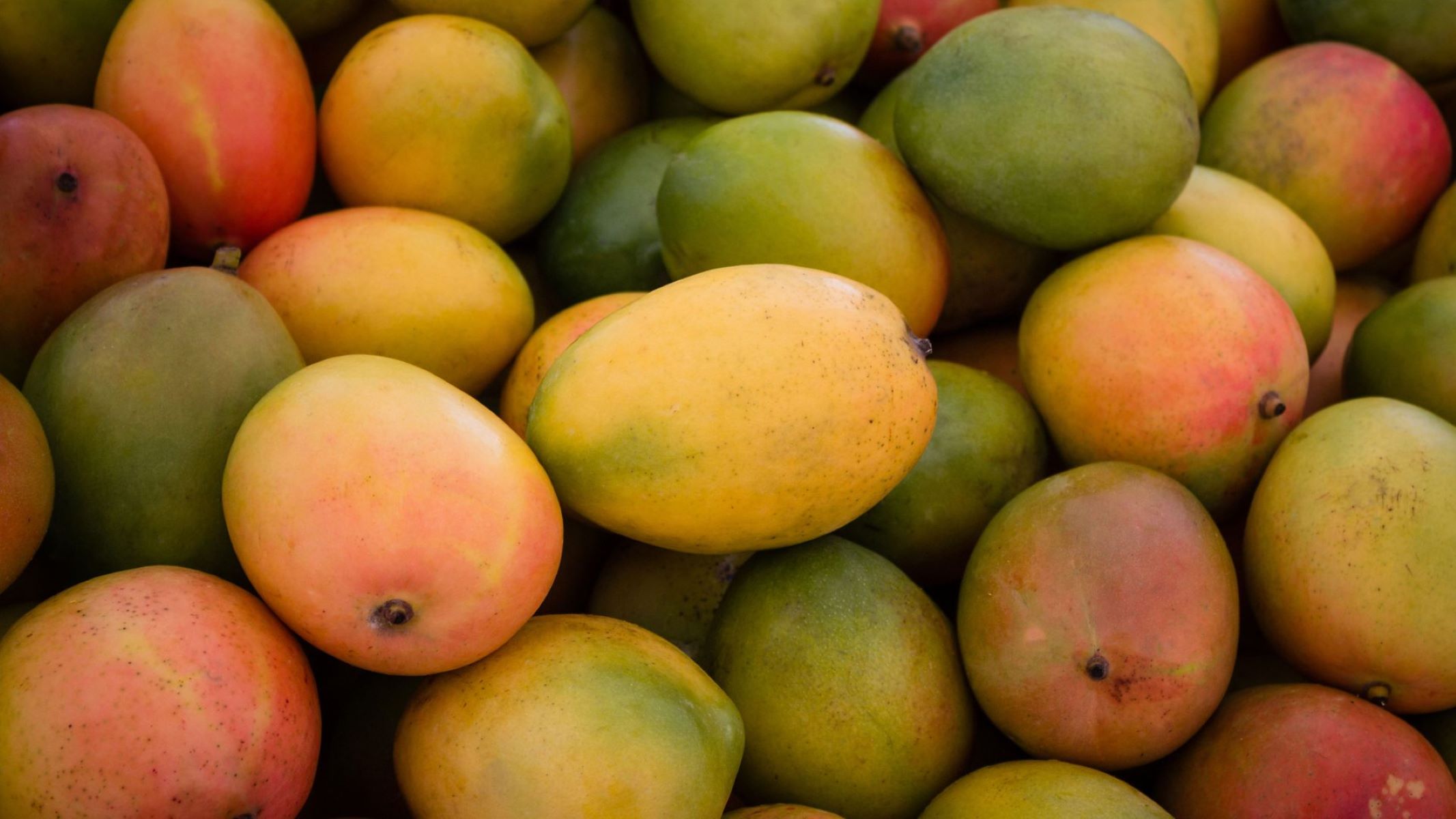
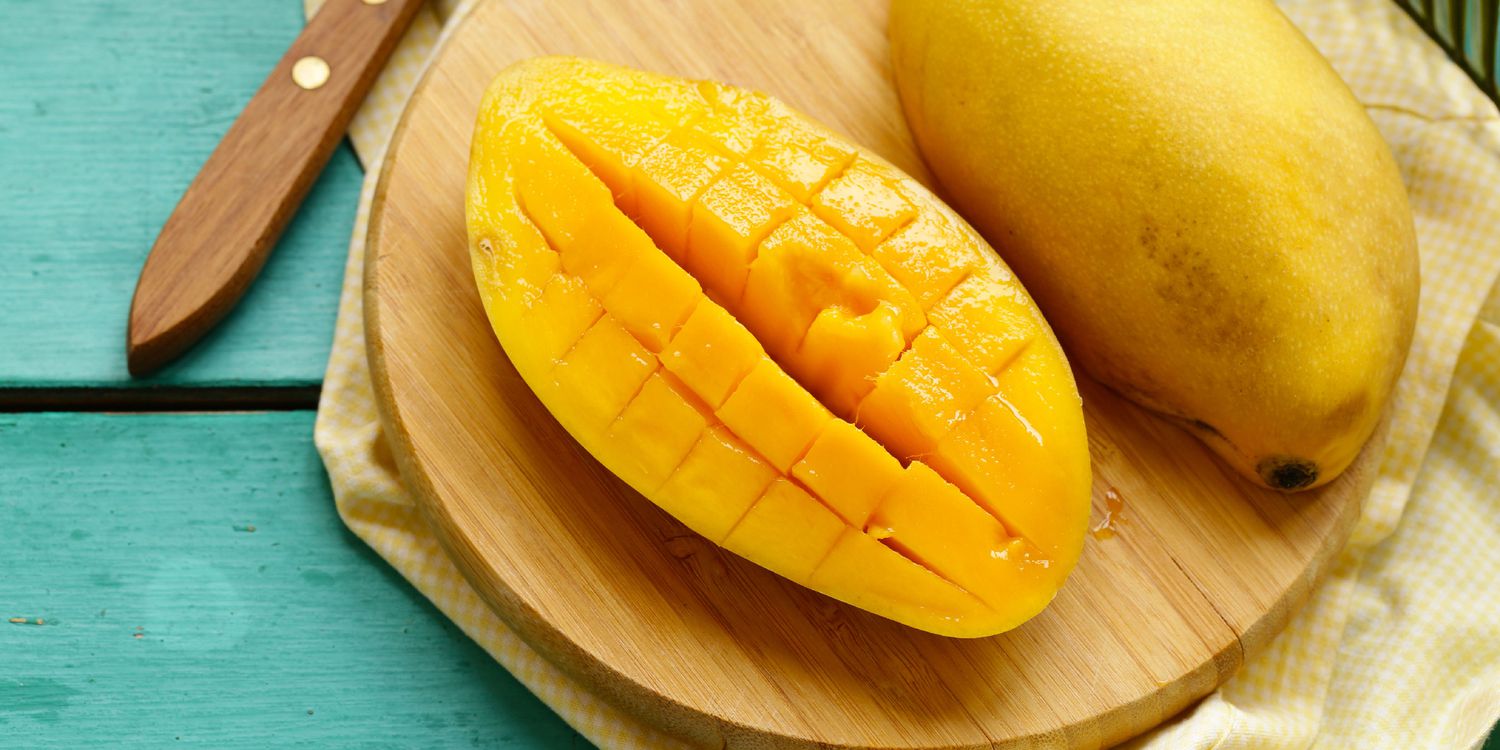
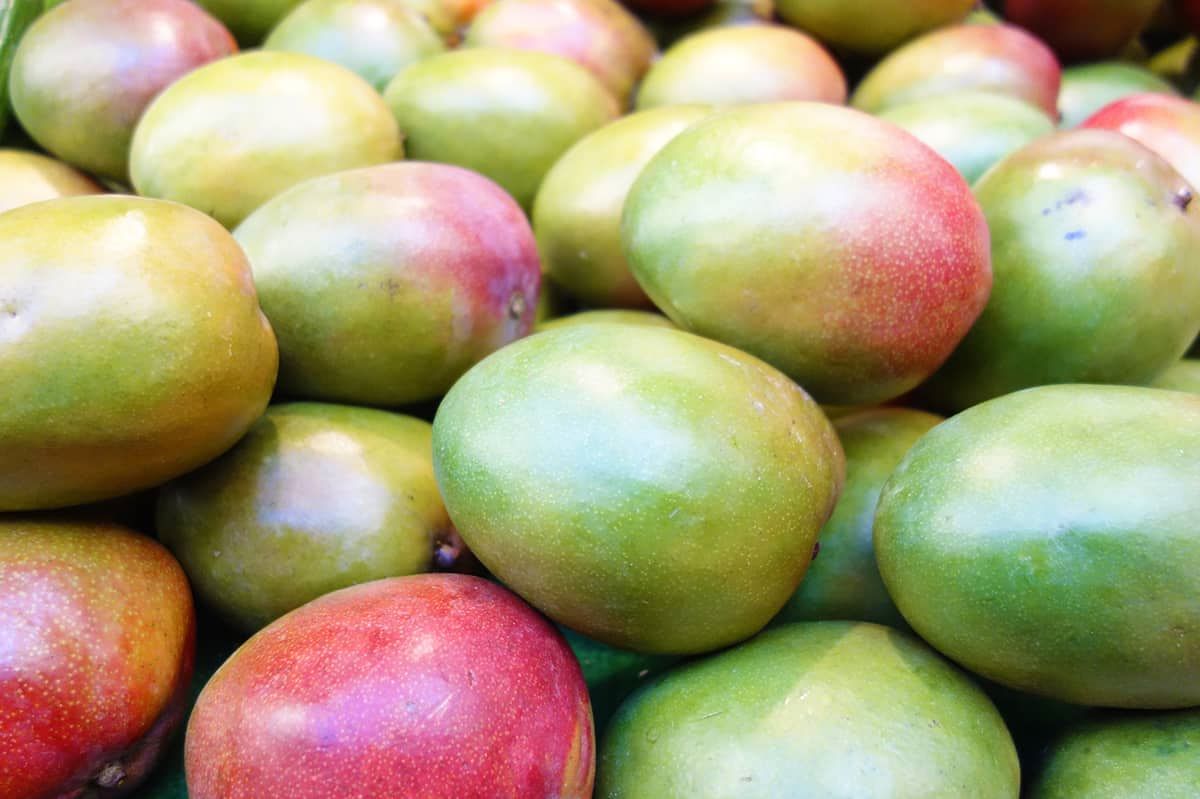
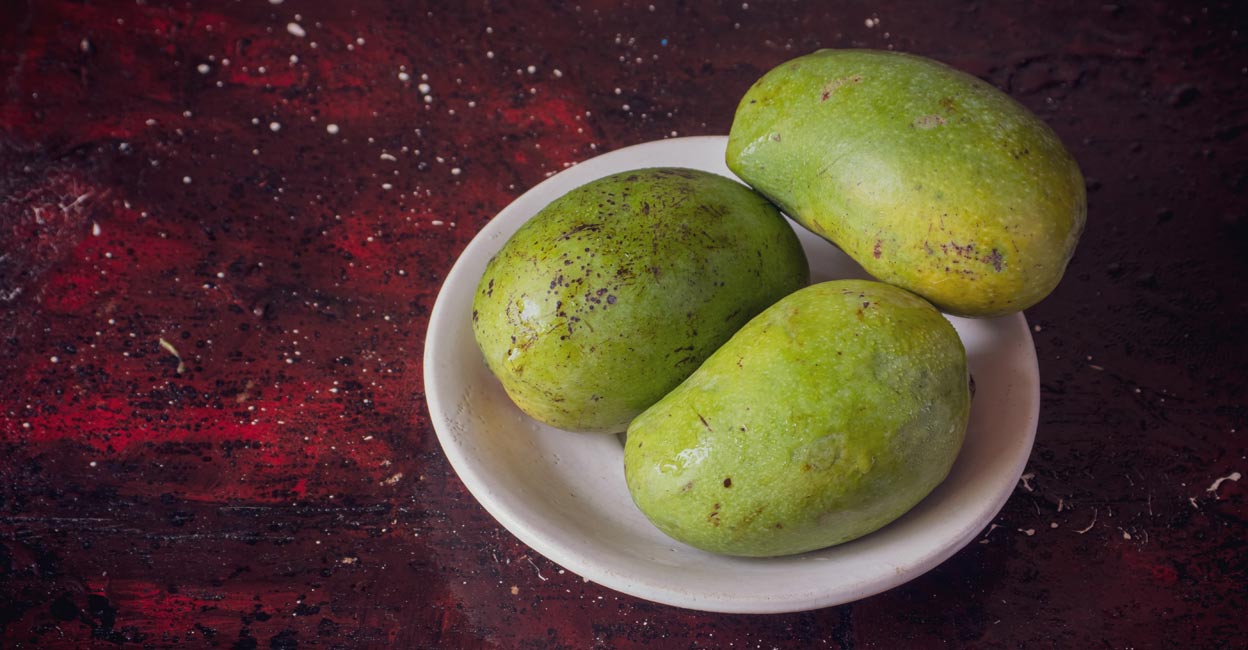
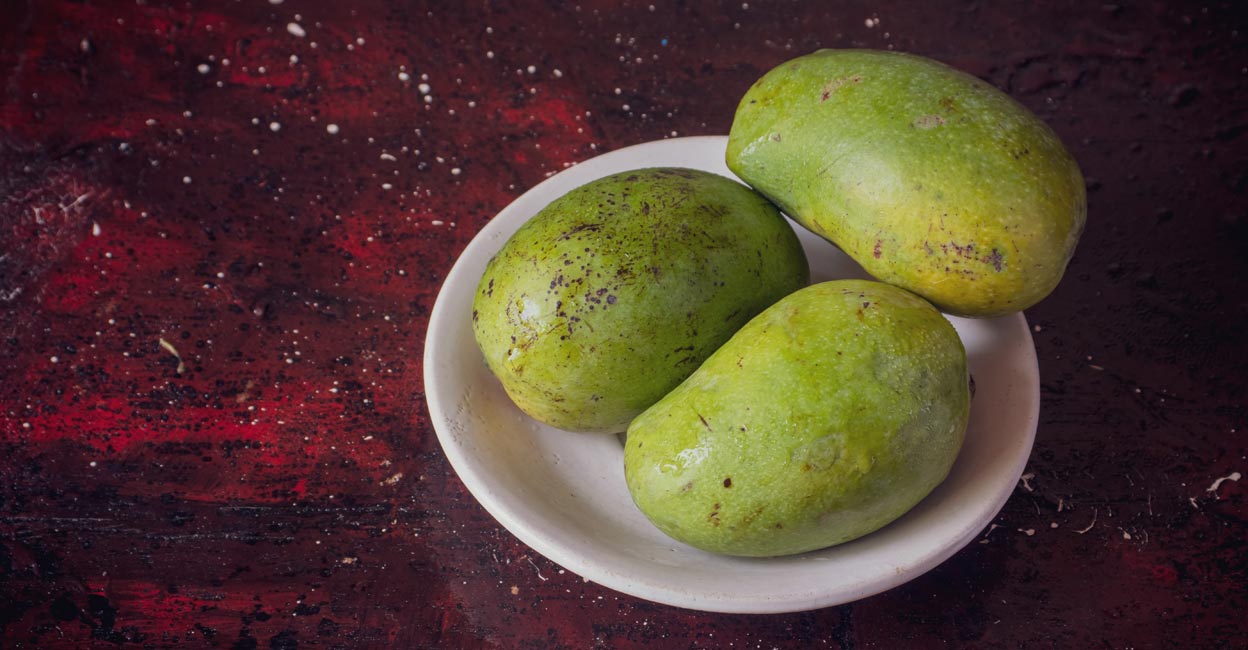
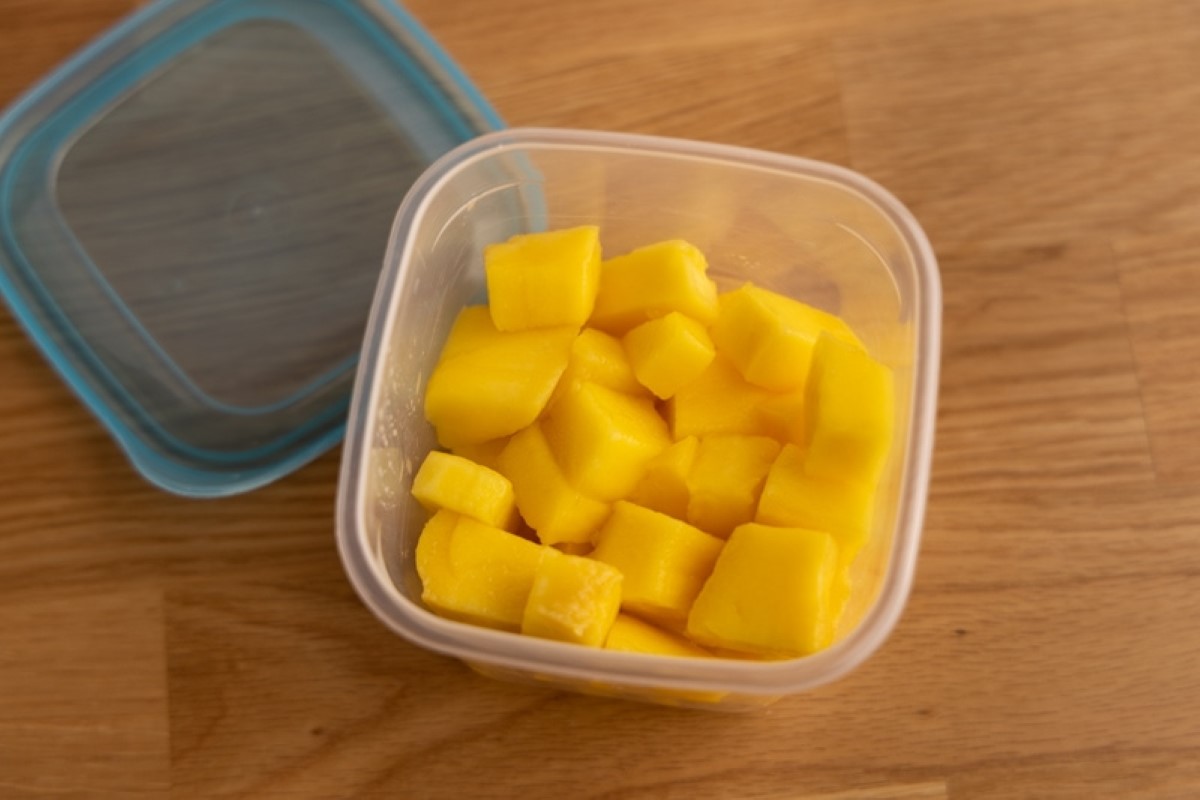

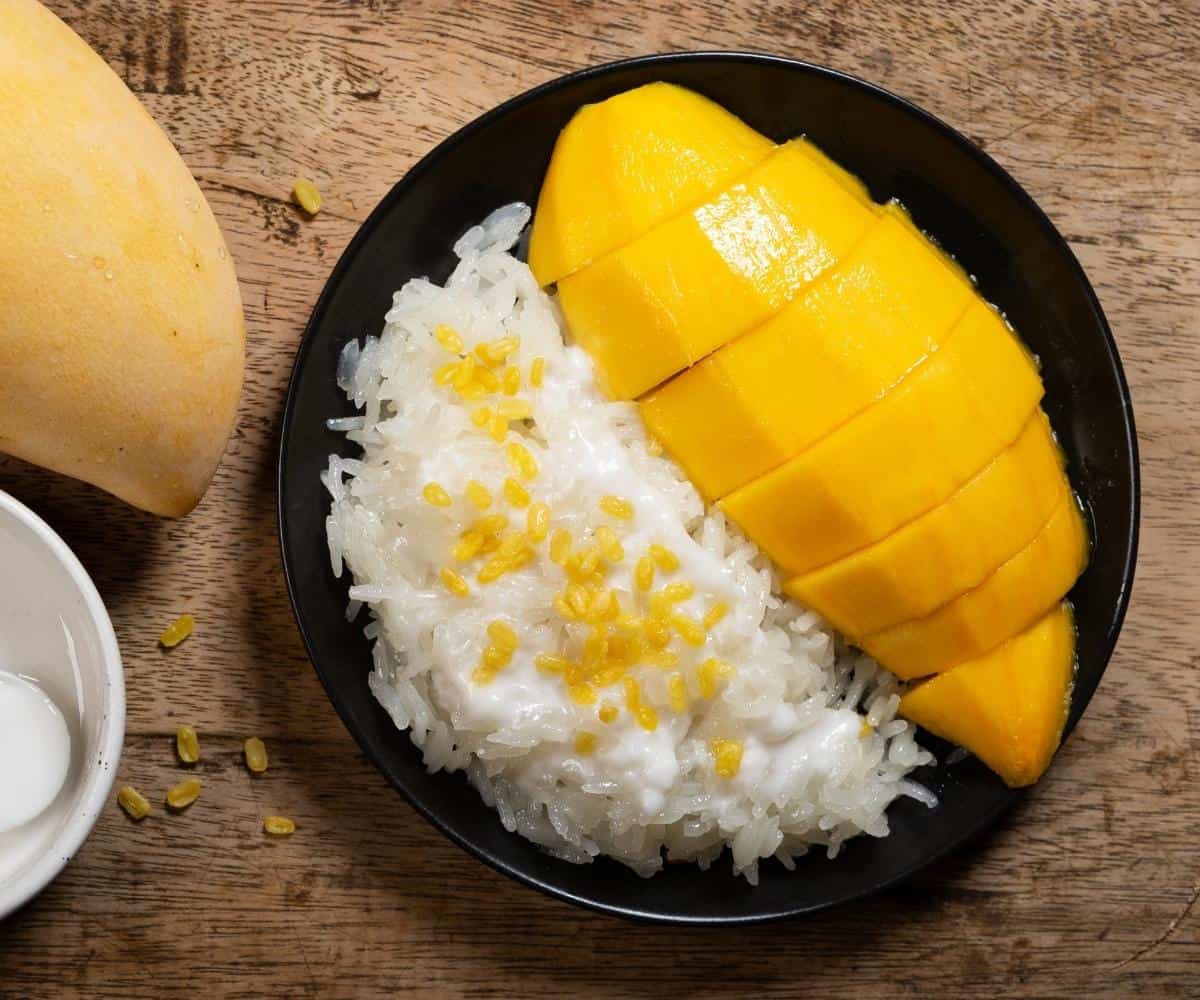
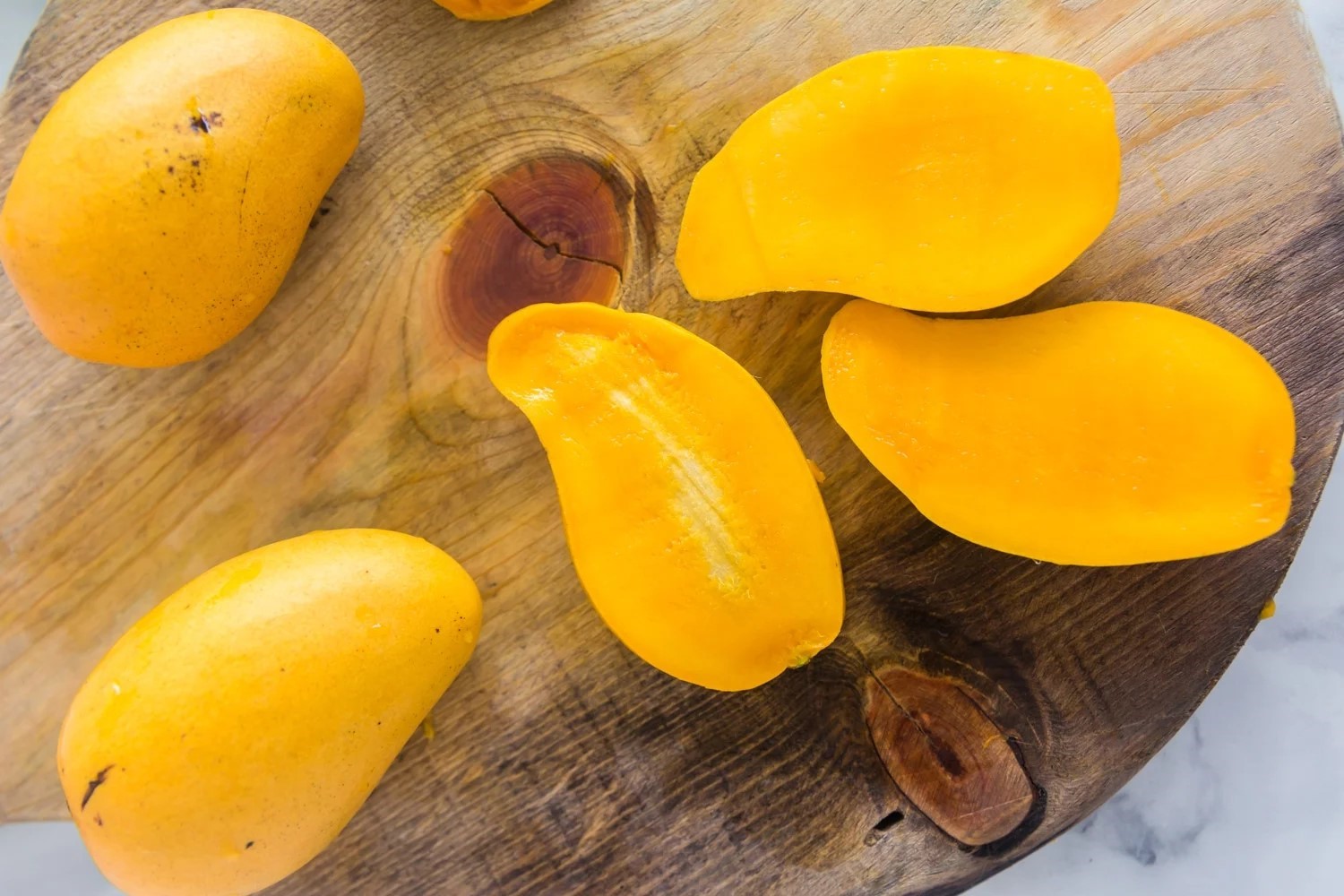
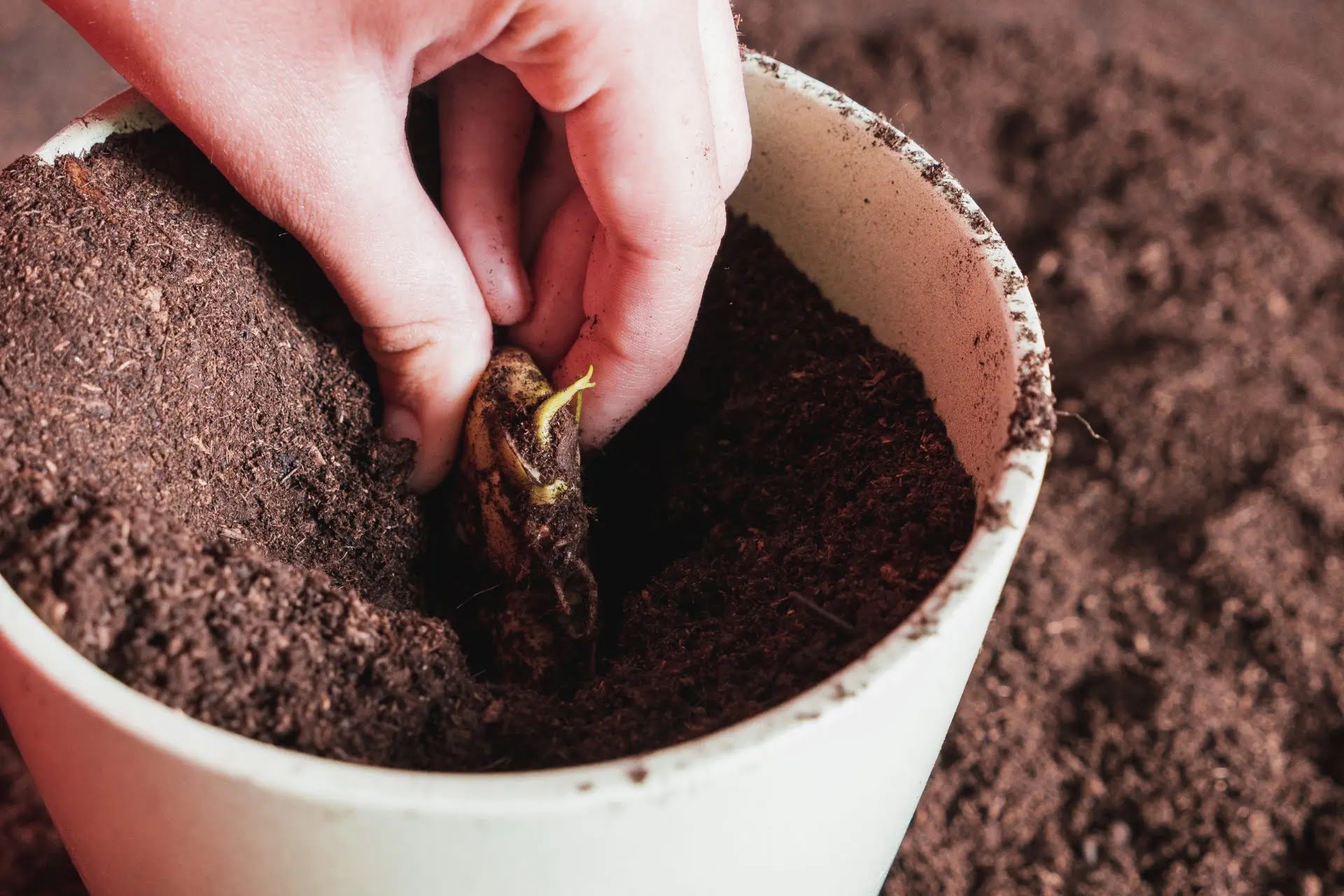
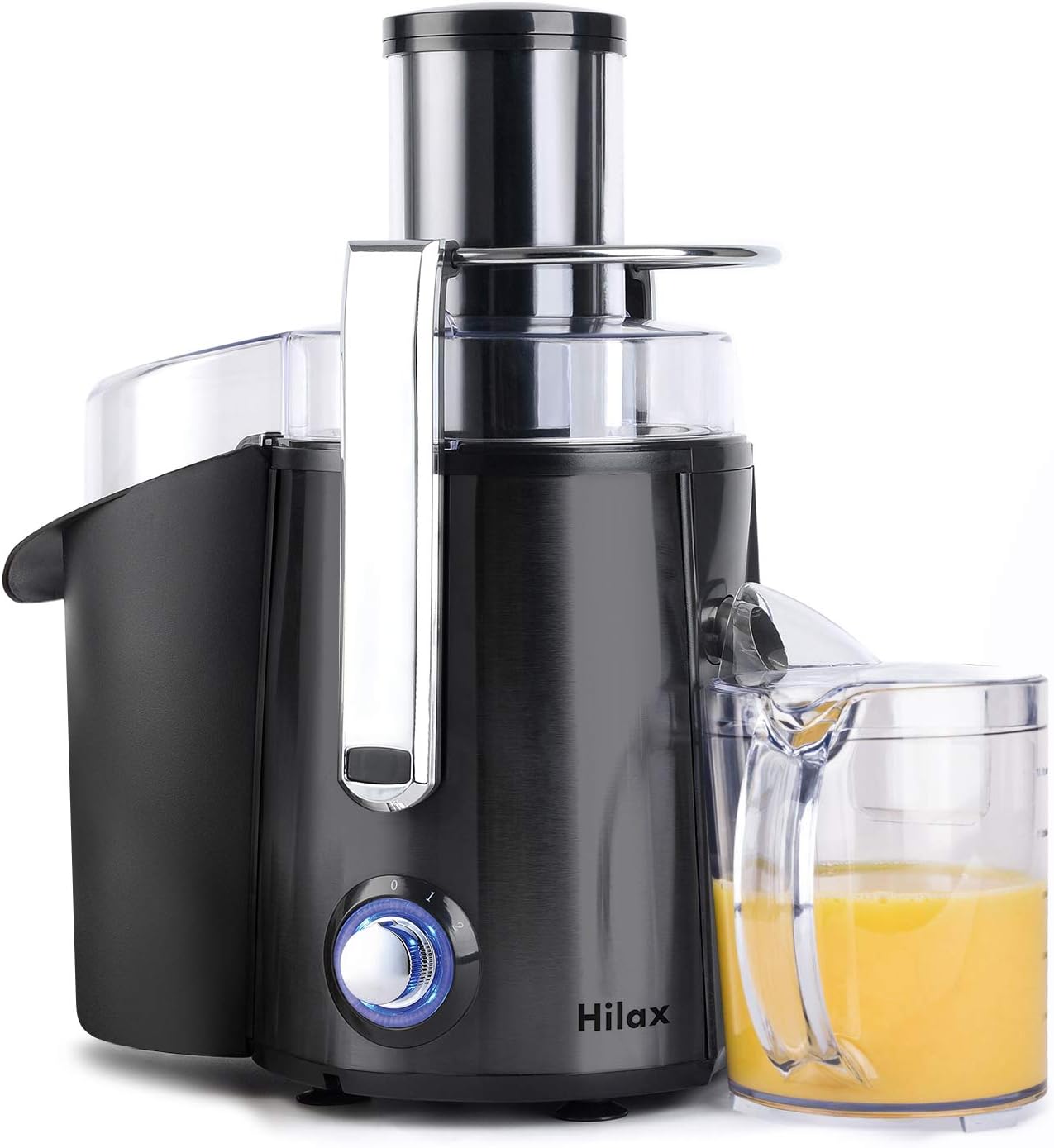

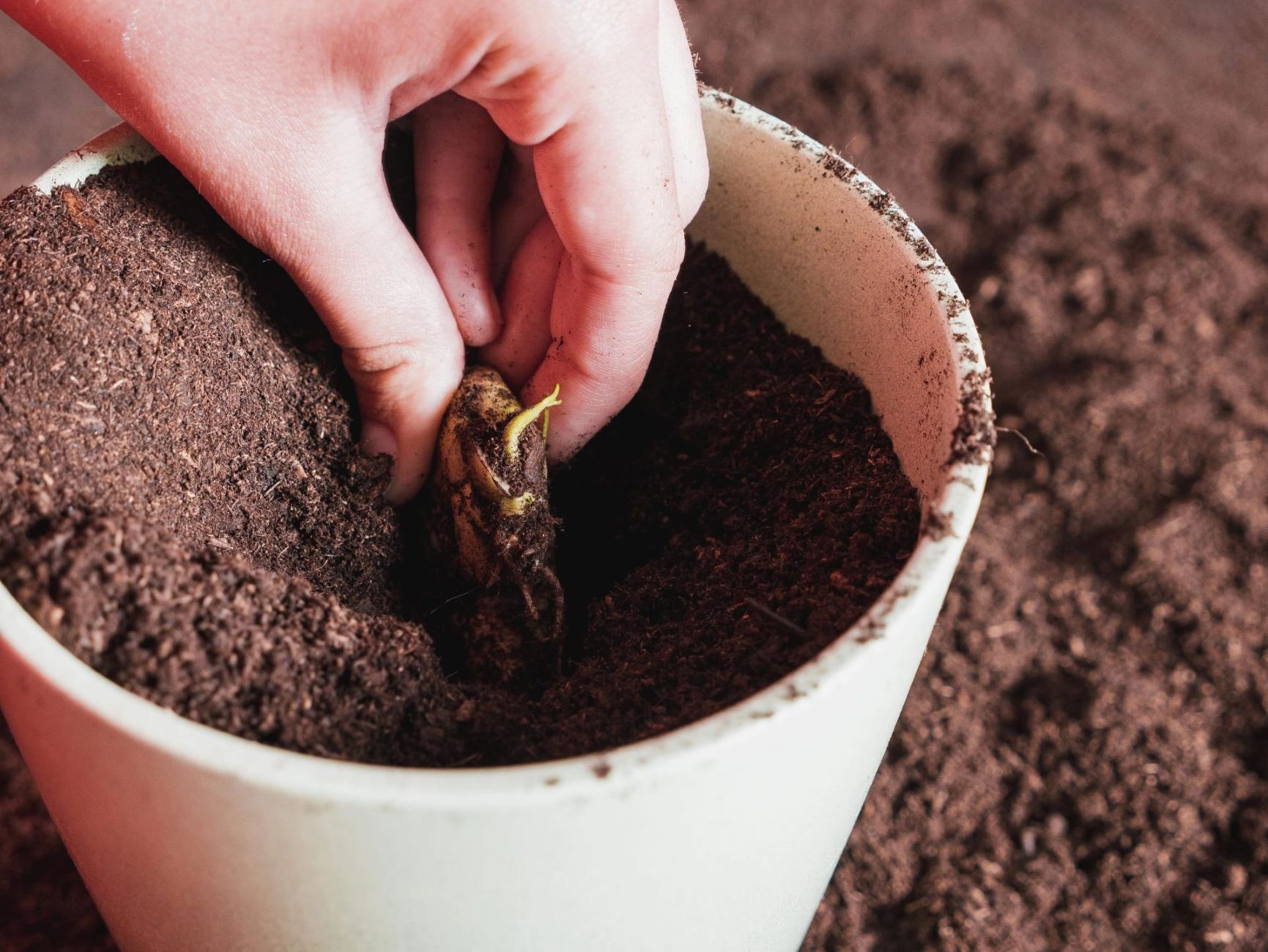


0 thoughts on “How To Store Mangoes At Home”